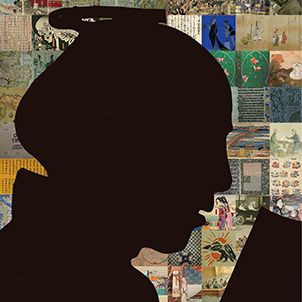
Possible answers to strange questions
I love books—all kinds of books. The house is full of them; which is just as well for someone in the business of reviewing them.
While I thoroughly enjoy a biography or novel that you work your way through from start to finish, I have a particular fondness for the sort of book you can simply dip into here and there; a tapas-like approach to reading, if you will.
Randall Munroe’s latest work is an ideal example; over 300 pages of fascinating, and often highly entertaining, information presented in his trademark webcomic style.
Munroe, who trained in physics and went on to work for the National Aeronautics and Space Administration as a roboticist, is the creator of www.xkcd.com.
This site is where he typically uses stick-figure drawings to answer questions and consider theories “about science, technology, language and love”. Every week, it is visited by millions of people, many of whom ask the strangest of questions.
Munroe, being of the opinion that there is no such thing as a stupid question, puts a great deal of effort into research on each issue before preparing his very detailed answers. Hence the highly appropriate subtitle of the volume under review: Serious Scientific Answers to Absurd Hypothetical Questions.
One such question he addresses is, “What would happen if everyone on Earth stood as close to each other as they could and jumped, everyone landing on the ground at the same instant?”
This query is one of the most popular on the site. The response set out in the book is rather disturbing, and leaves the reader feeling grateful that the consideration is purely hypothetical. (The good news is that the Earth’s orbit would be unaffected).
Yet, this is far from being the most bizarre question posed. In fact, it is tempting to wonder what some of the correspondents may have been imbibing while they wrote.
Consider another question posed: “What if every day, every human had a 1% chance of being turned into a turkey, and every turkey had a 1% chance of being turned into a human?” Unfortunately, in the book at least, Munroe makes no attempt to provide an answer, but I assume there would be much ado around Christmas.
In virtually every chapter, there is something new to be learned (at least for this reader). I did not know, for example, of the existence of a unit of measurement called a mole.
Used in chemistry to express amounts of a chemical substance, if you have a mole of something, you have (wait for it …) 602,214,129,000,000,000,000,000 of them. To the relief—I am sure—of copy editors, it is usually written as 6.022 x 1023.
One mole is, apparently, close to the number of atoms in one gram of hydrogen and, according to the author, “it’s also, by chance, a decent ballpark guess for the number of grains of sand on Earth”. I am sure not many people know that.
So, when you are lost for topics of conversation at a future lunch hosted by the British Chamber of Commerce in Japan, you can always expound on this fact.
Alternatively, you could pose the question, “What if everyone in Great Britain went to one of its coasts and started paddling? Could they move the island at all?” I will leave you to guess the answer.






